Why an off-axis stop-down mask?
“Often the effects of poor sky stability can be countered to a certain degree. Larger aperture scopes are adversely affected by atmospheric turbulence more than smaller scopes. The cylinder of light of parallel light rays collected by an 8-inch object is subject to a larger cross section of the atmosphere than is that of a 3-inch. The greater the amplitude of of variation in air parcel boundary layers perceived by the system, the more this refractive aberration manifests itself as image wavering. “For certain deep-sky objects (notably double stars) one needs to trade light gathering ability for turbulence reduction. The aperture of the telescope can be reduced by employing a mask over the light gathering end…..”
Tom Lorenzin “1000+ The Amateur Astronomer’s Field Guide to Deep-Sky Observing”
There is science and calculations as to how large the reduction mask should be, and that it should not extend over the light path of the secondary of a Newtonian. However, in past applications, from my experience, going beyond the path of the secondary has never presented a problem. Now there are limits, as common sense would dictate. So, I’d suggest no more than one-inch over the path of the secondary might be a good rule of thumb. After all, it’s just a small “crescent” cut-out over the path.
So for my 10-inch Newtonian, this time, I’m using a 5 1/8-inch reduction diameter hole. In the past, my 4.25-inch reduction hole, has worked great for some difficult and very close double stars.
I’ve never tried or attempted to see the companion to Sirius, known as Sirius B with a Newtonian reflector, but anxious to give it a try with my 10-inch f/4.5 Newtonian with an off-axis stop-down mask. At the moment, I feel confident, this set-up will allow me to see the companion, with my Newtonian. 🙂
I just need a night of very stable or excellent seeing.
The materials I used for my off-axis mask:
I purchased the following materials from the Dollar Tree. A fairly large sheet of corrugated for only $1.32, and a roll of pre-cut double sided tape tabs was about the same.

So, there you go….all materials to make an 11.875-inch corrugated disc for less than $3.00. And from this, I cut out the off-axis 5.125-inch effective aperture.

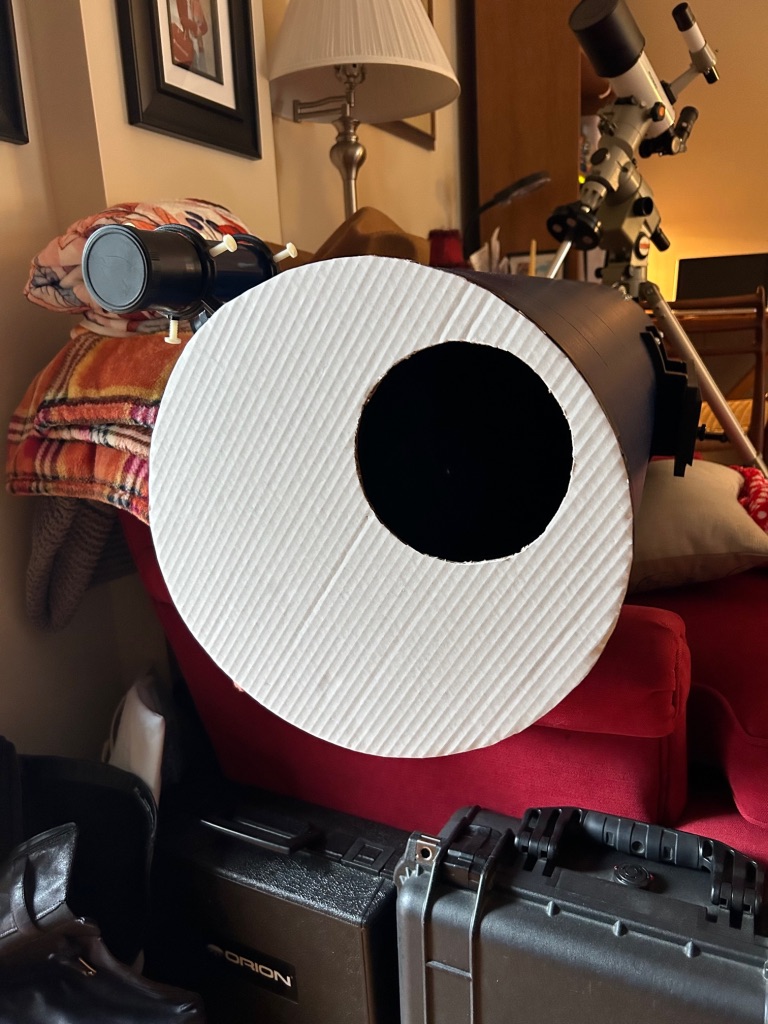
November 1st 2023:
I might even try during an early morning observation this week, as Sirius is in very good sky position at 5:00 AM. But this will require that I have everything set-up and ready at 4:00, especially to cool the scope which is critical to achieve this feat.
I already have my sketch card with the “Position Angles” marked, which can be very helpful as knowing the exact position of B, can make it easier and save time.
So my report from this morning…November 2nd 2023:
Beginning at 5:30 AM, with waning gibbous moon, almost 3rd quarter, and still pretty bright. I concluded my session at 7:20, approximately 30 minutes before sunrise. I was able to see the companion, but with difficulty due to poor seeing. I was hoping for a better view of the companion, as it could be seen only intermittently, and Sirius was really ragged and moving.

I kept hoping for that perfect “snapshot” view….one that I can never forget, from the night in March 2016, looking through a friends 102 mm f/8 Takahashi fluorite refractor. Memorable for sure!
Surprisingly, I could still see the companion just as well at 7:20 AM in very “dim daylight” and still with a fairly bright moon, as when I began almost two hours earlier. This would show and prove that double stars can be enjoyed with a moon and light pollution.
The mirror was not cooled down, so I added a fan shortly after beginning, which helped a lot! Consider this, if your telescope being a Newtonian, Makustov or other does not have an internal fan.

My humble set-up to see Sirius B, using my portable mount. Now to bring everything in, change to a larger mount and prepare to observe galaxy IC 10 “again” or the second time, tonight.

If you’ll notice, the companion is near it’s most widest position from Sirius, so if you’ve never seen Sirius B, now is the perfect time, or actually for the next two or more years. So you have plenty of time.
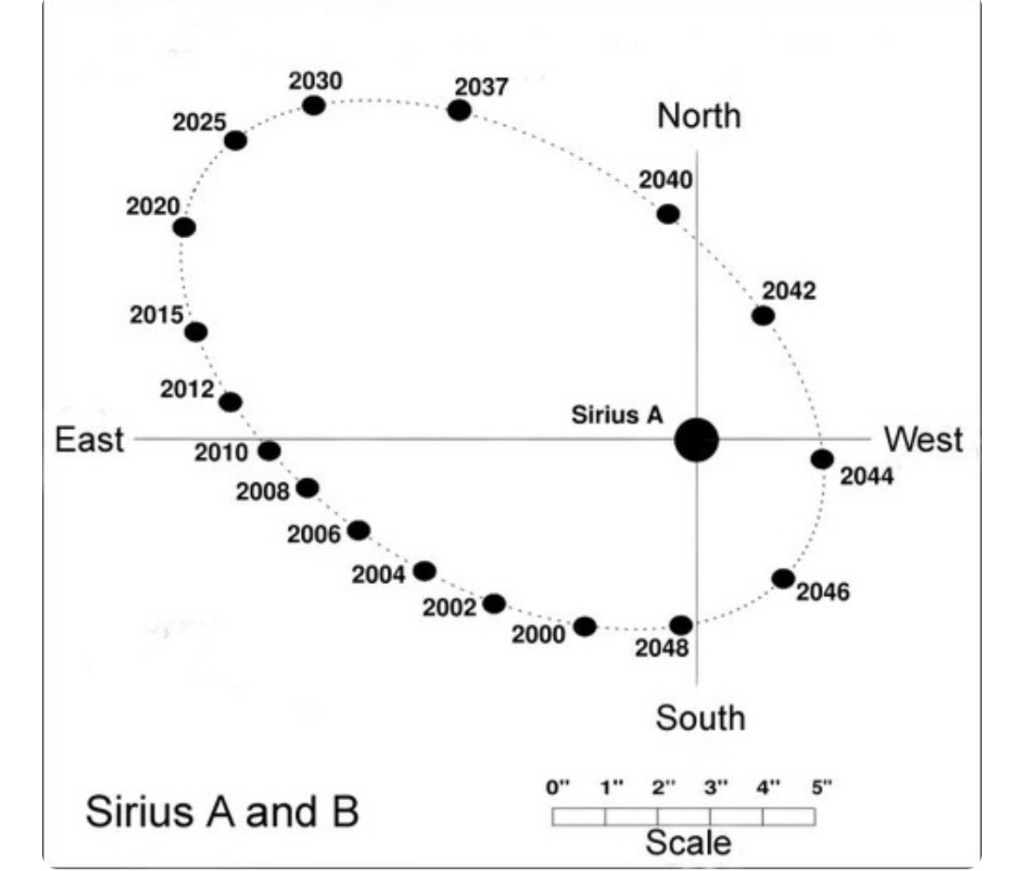
I always keep a small plastic protractor handy, to determine “the Position Angle” for double stars. It’s very versatile, and can work for any type of telescope you’re using. If using a standard Newtonian, just turn the protractor to match your view.
However, if using a Schmidt-Cassegrain, Maksutov or a refractor with a diagonal, which have an uneven number of mirrors….just flip it over and find your actual orientation. A great device for only a couple dollars at Hobby Lobby.
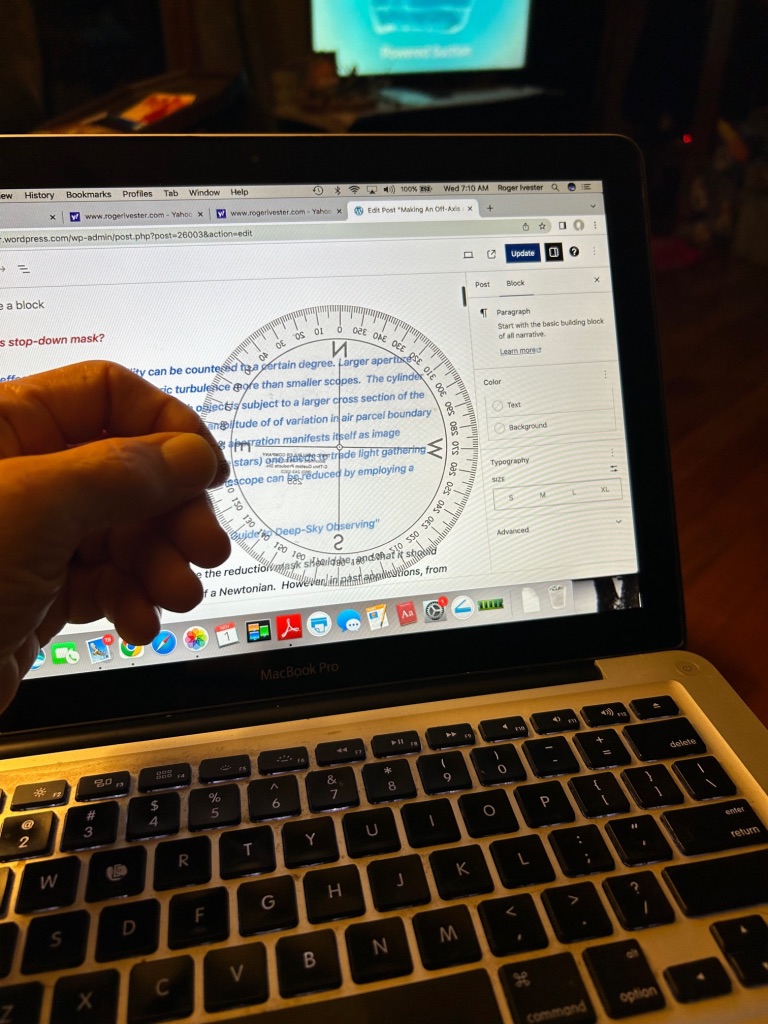
My story of seeing Sirius B in 2012, and then again in 2016, using two separate 102 mm refractors, as following at different locations:
Date: March 14th 2012:
Telescope: 102 mm f/9.8 achromatic refractor, with good seeing and transparency.
I started with a magnification of 83x, but to no avail, and increased to 232x…all the while keeping my eye perfectly still. I used my astro-chair, as it’s very important to be seated for an attempt such as this, or making any deep-sky sketch.
Knowing the position-angle really helped. However, I could not hold the companion, or Sirius B constantly. It was extremely difficult. But after 40 plus years, I had finally seen the companion to Sirius.
102 mm Takahashi f/8 fluorite doublet during March 2016
It was actually “very easy” with this scope, and with direct vision. A group of six amateurs took the test using the Takahashi refractor, and what did they see?
Using the face of a clock, and all without sharing their perceived position of the companion until everyone had the opportunity to observe. When the last person completed their observation, all correctly identified the position of Sirius B.
Some were very skilled observers, but a couple or more were not, however, all could “easily” locate and see the companion.
Observation report by Magda Streicher from South Africa:
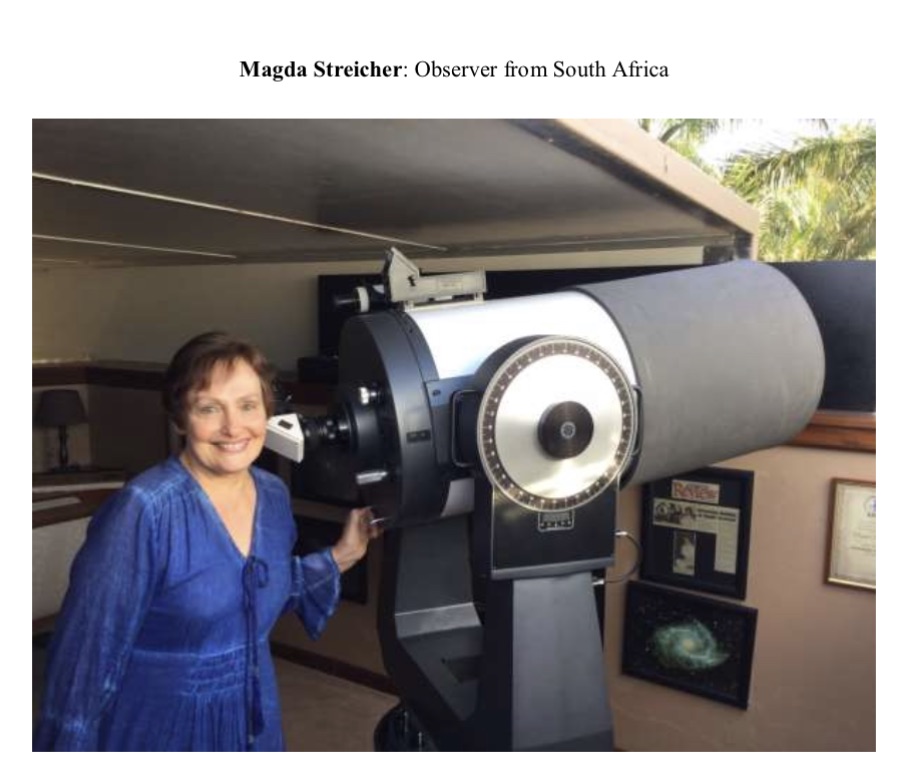
Roger, thanks so much for the off-axis mask idea….wonderful.
Sirius B:
After several or should say “many” attempts I spotted Sirius B in May 2020, using averted vision. My eyes were tearing, cloth over my head and let Sirius pass through the eyepiece. However, after 45 minutes of struggle, I saw the companion.
To-Date: I have now found and seen the companion, also known as Sirius B several times, but it’s still never an easy. It is important to have a stable and clear sky. Good seeing is “absolutely critical” if you are considering taking on this task.
Interesting; I found if Sirius is in the west and after sunrise, seeing Sirius B is actually easier, which might be surprising to many. Roger Ivester, mentioned the same in his report.
My notes and sketch are as following: Magda


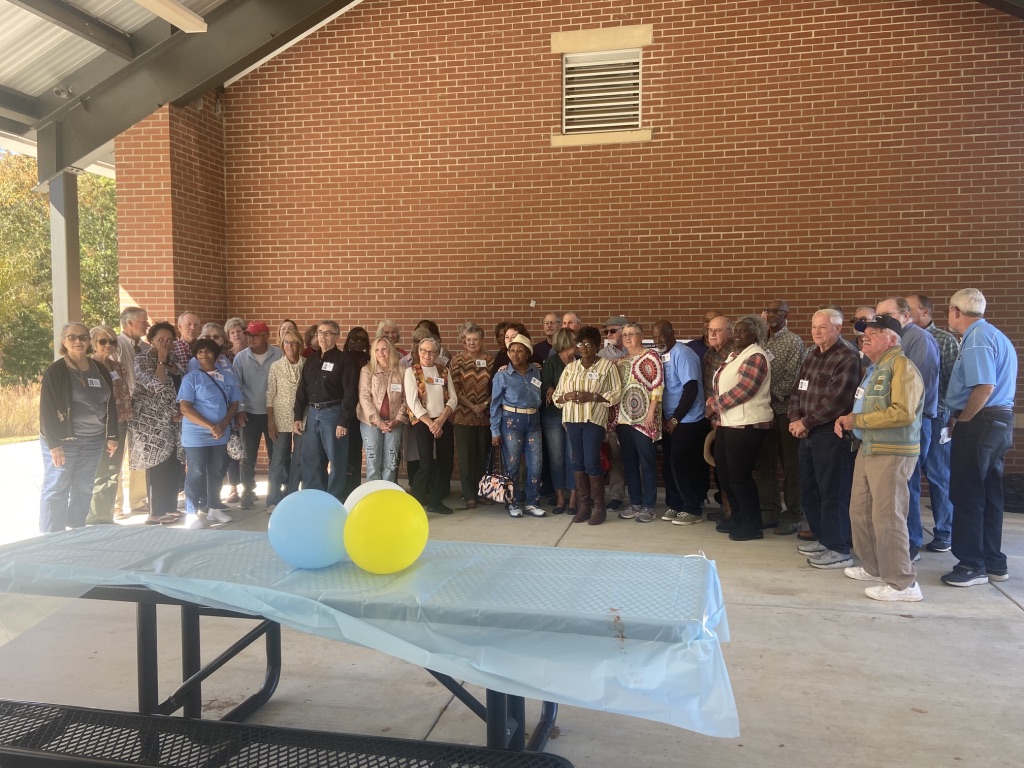
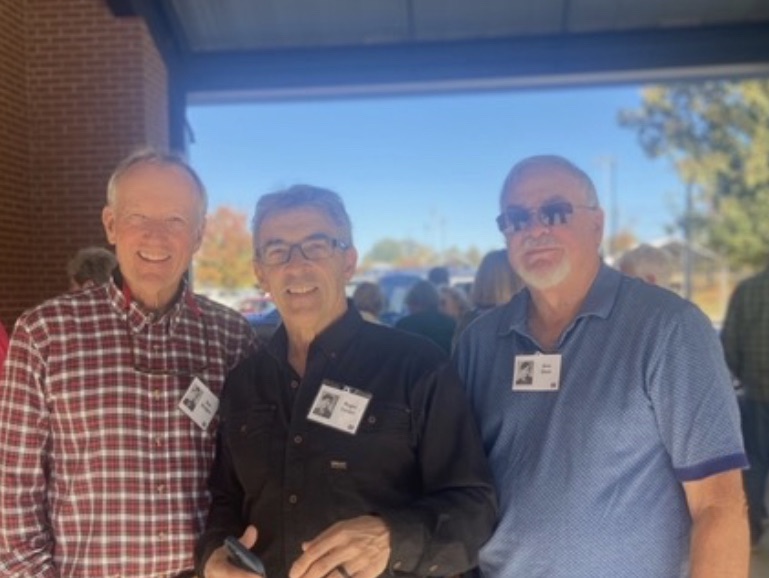
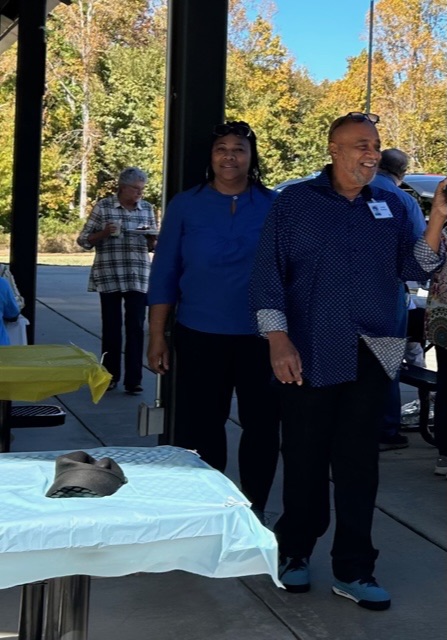




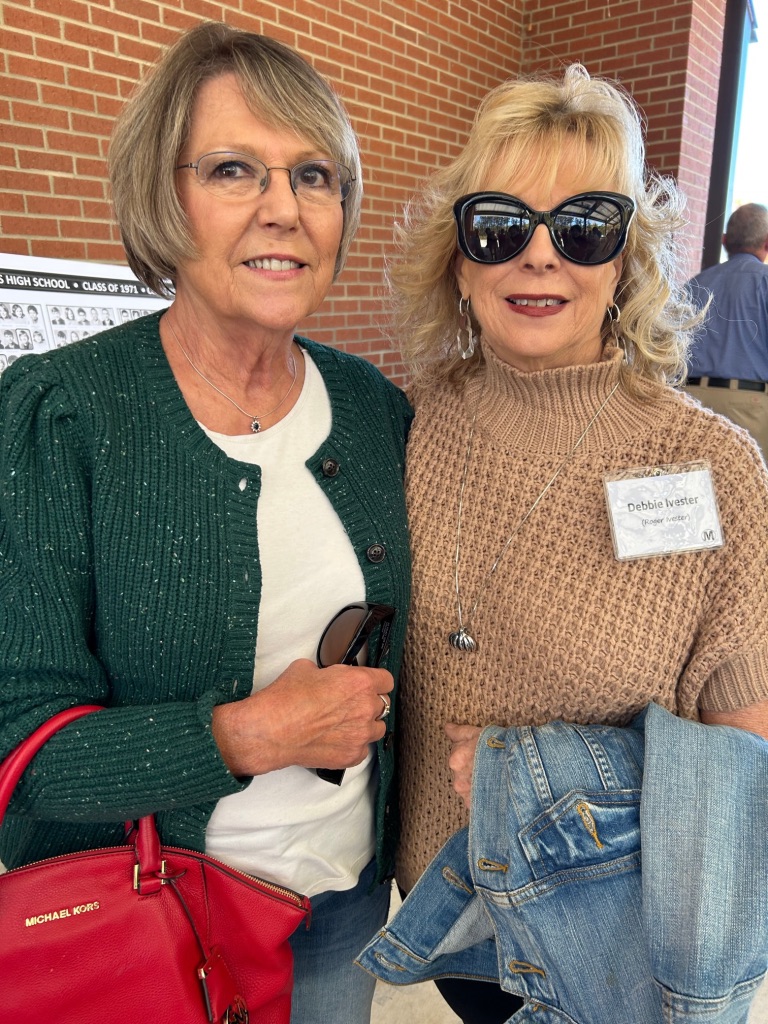


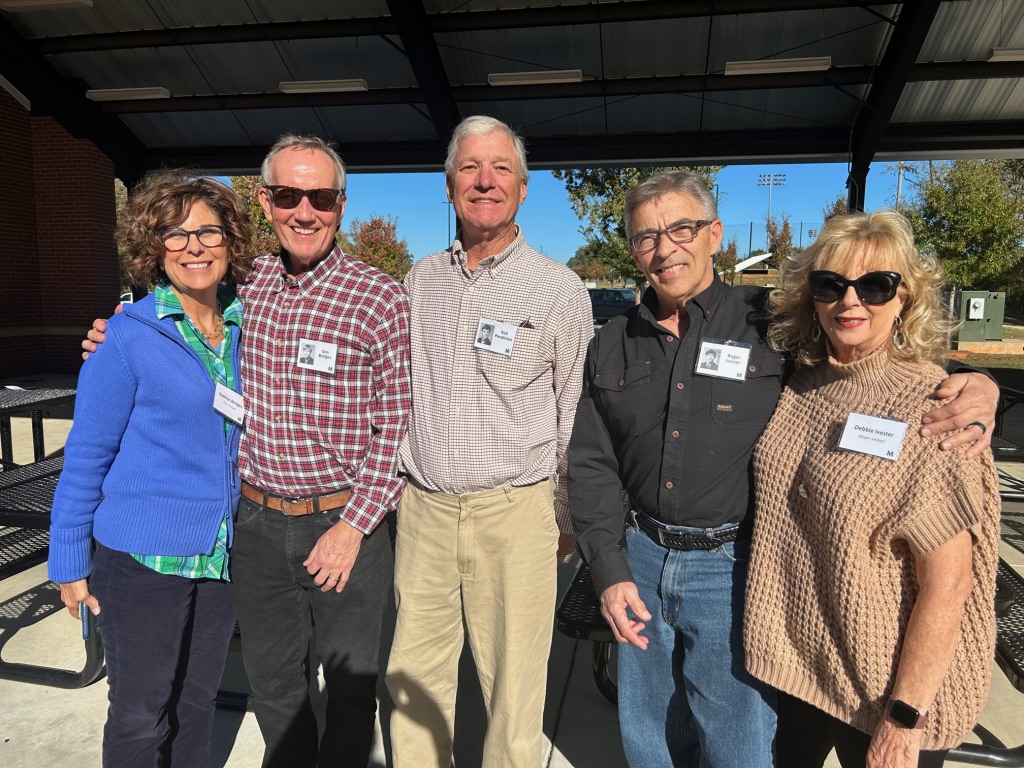
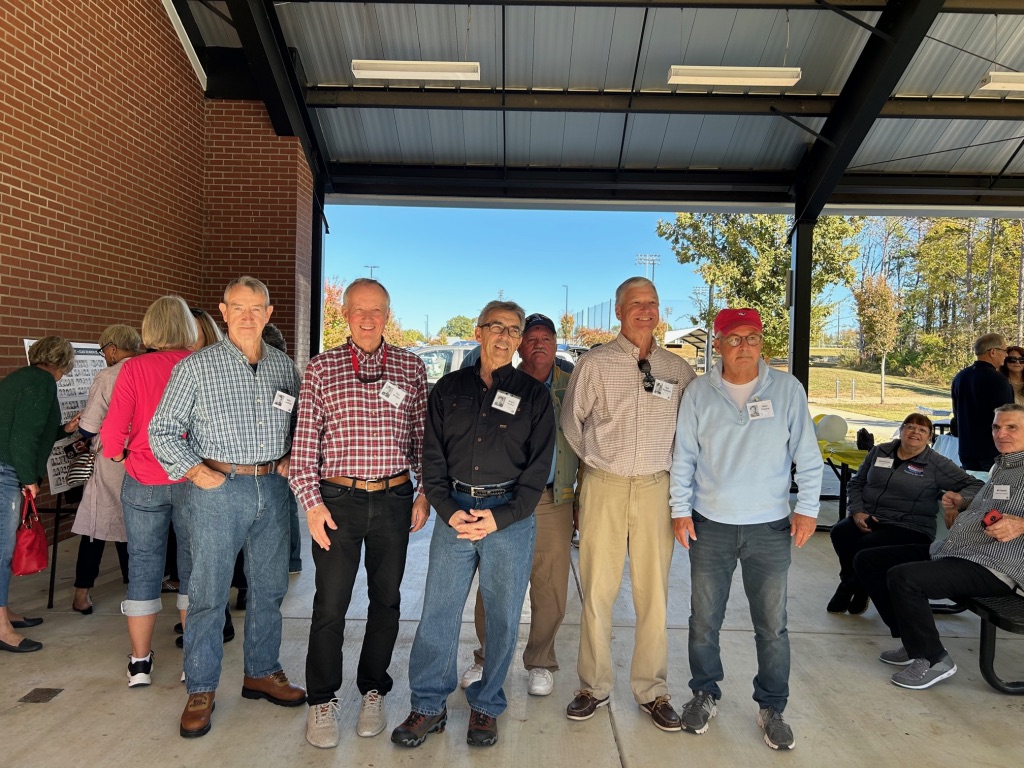


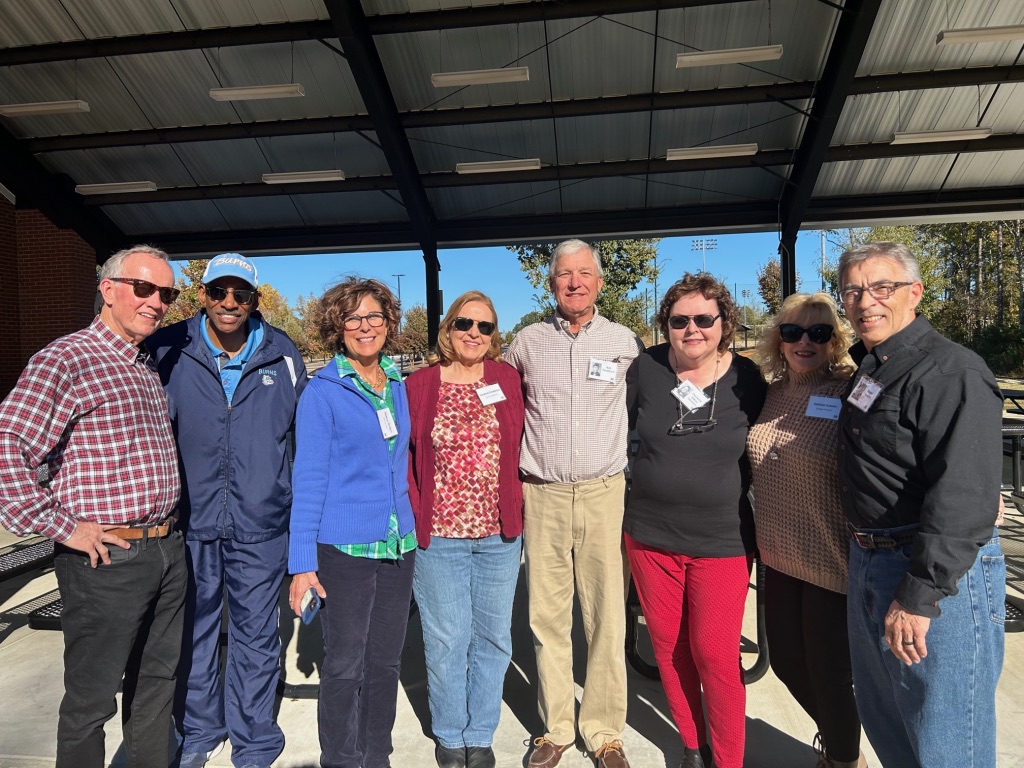


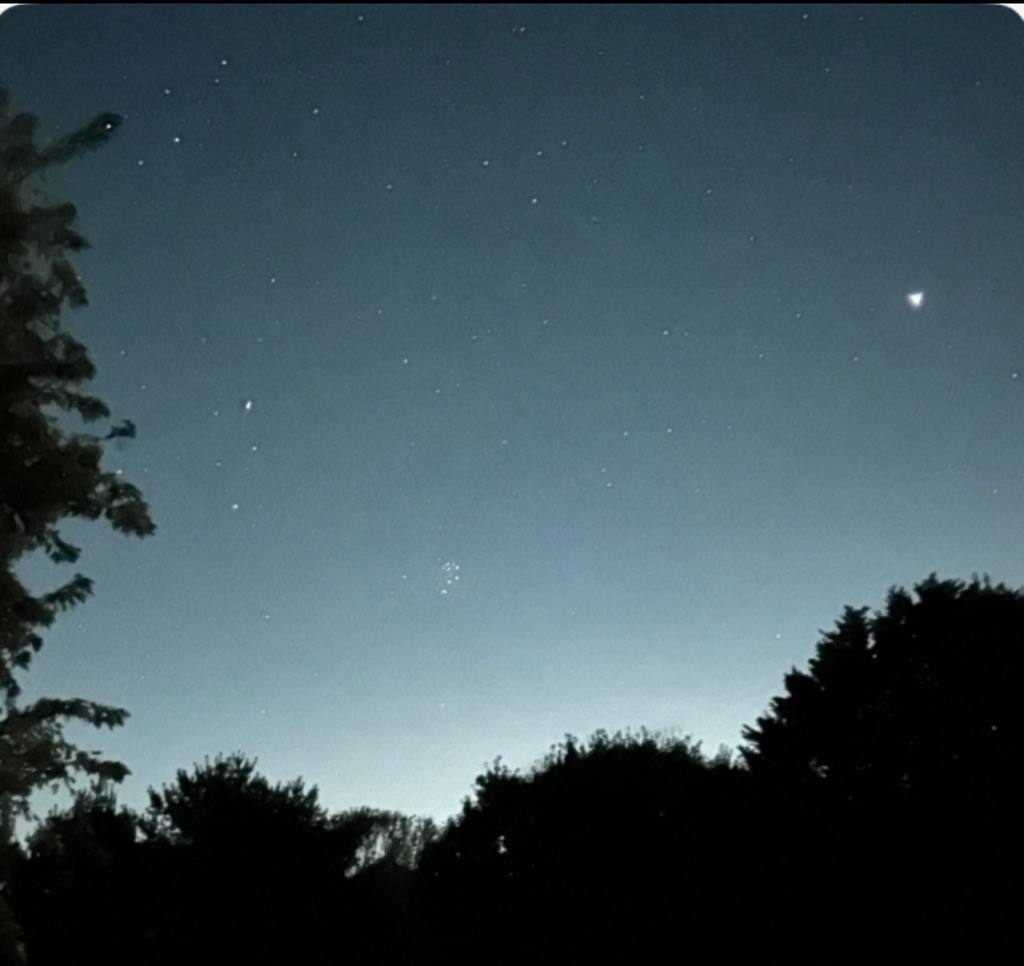
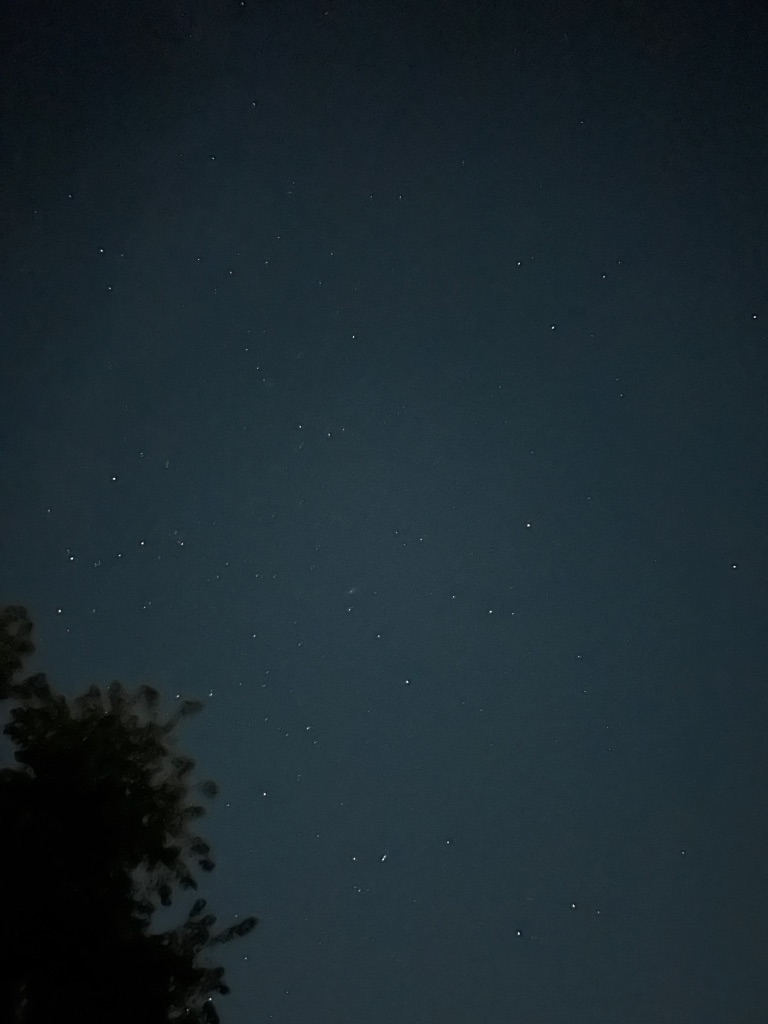

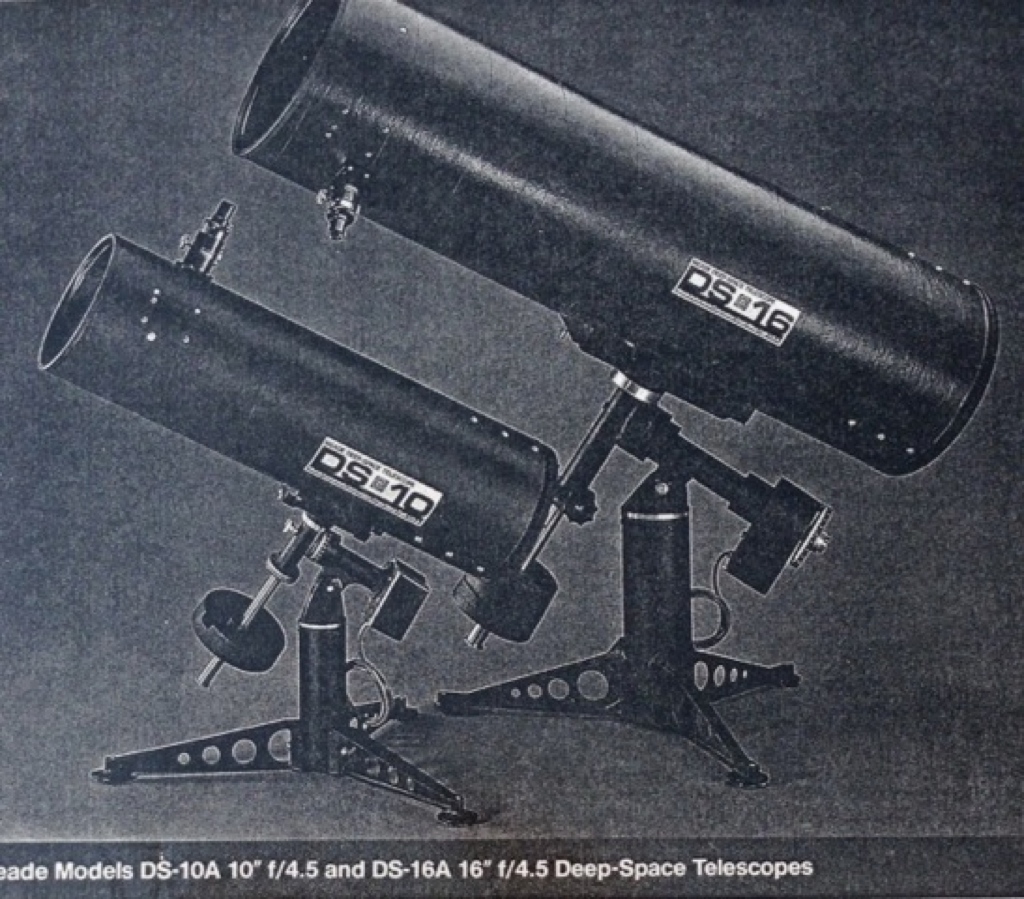
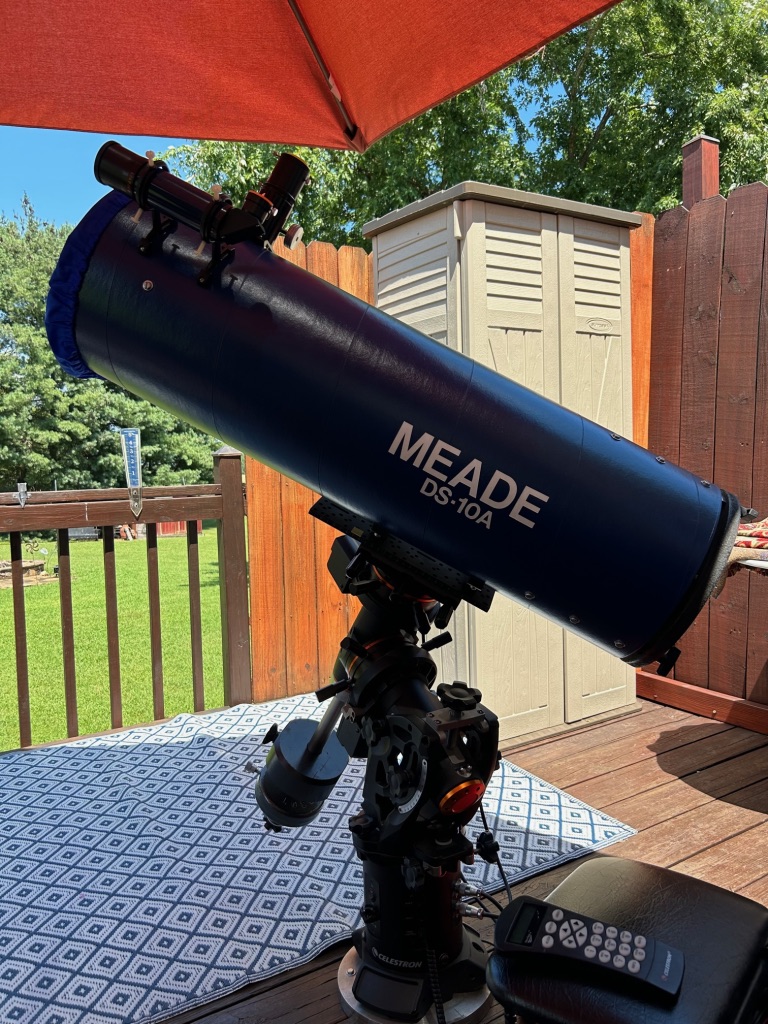
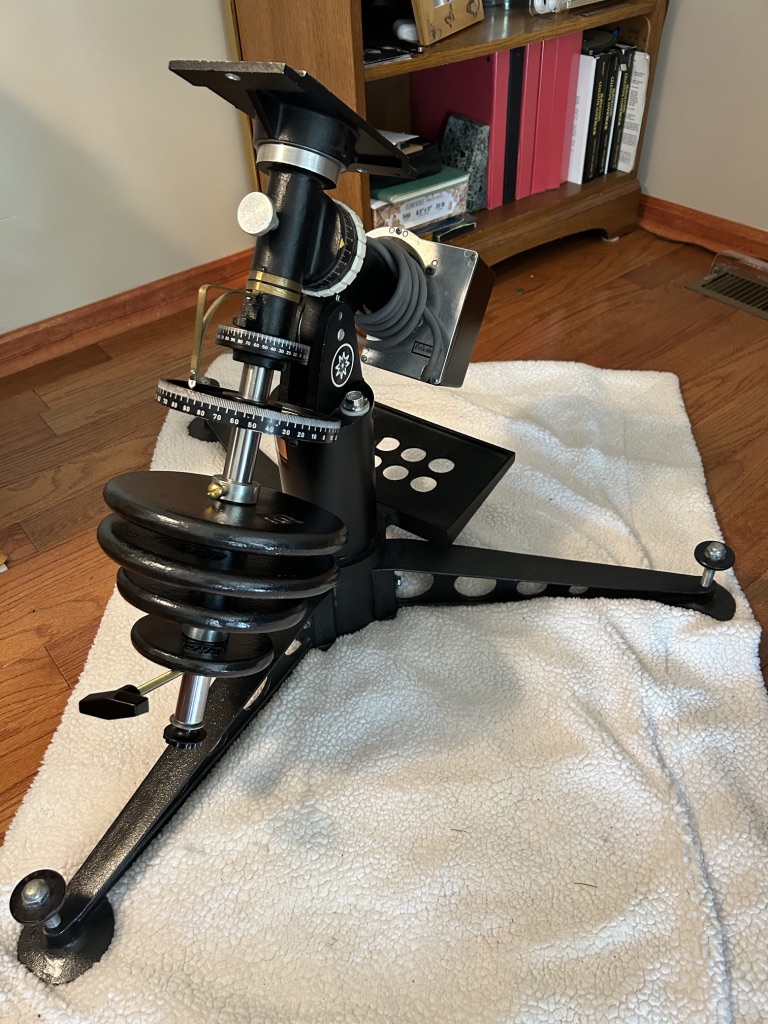

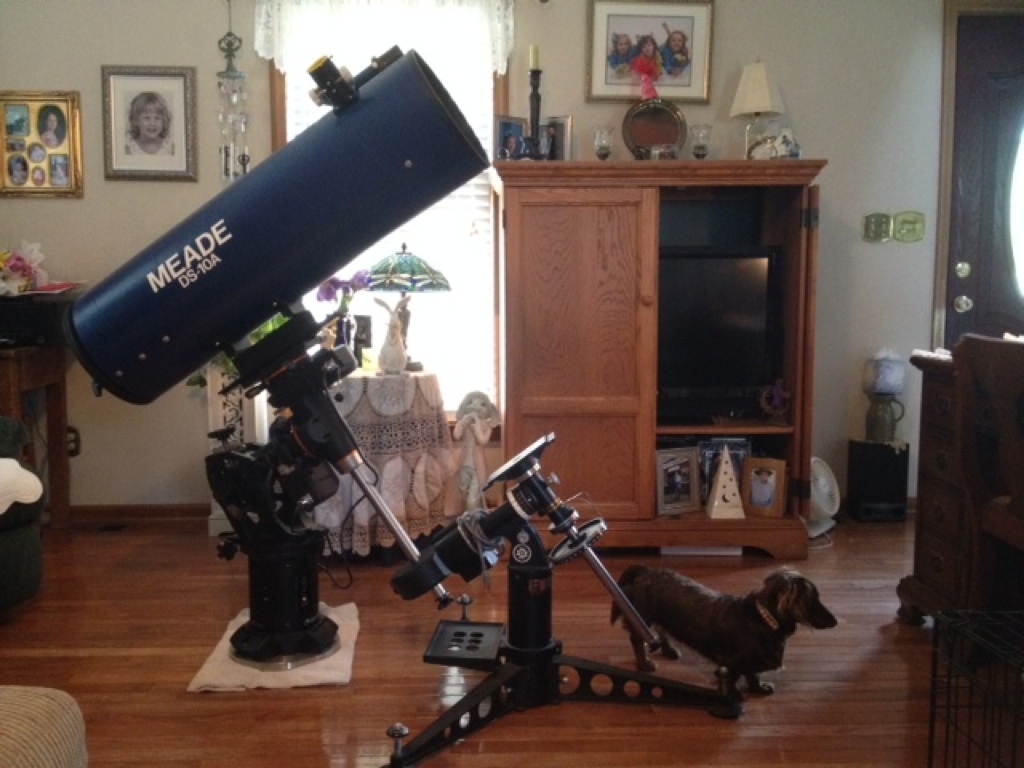
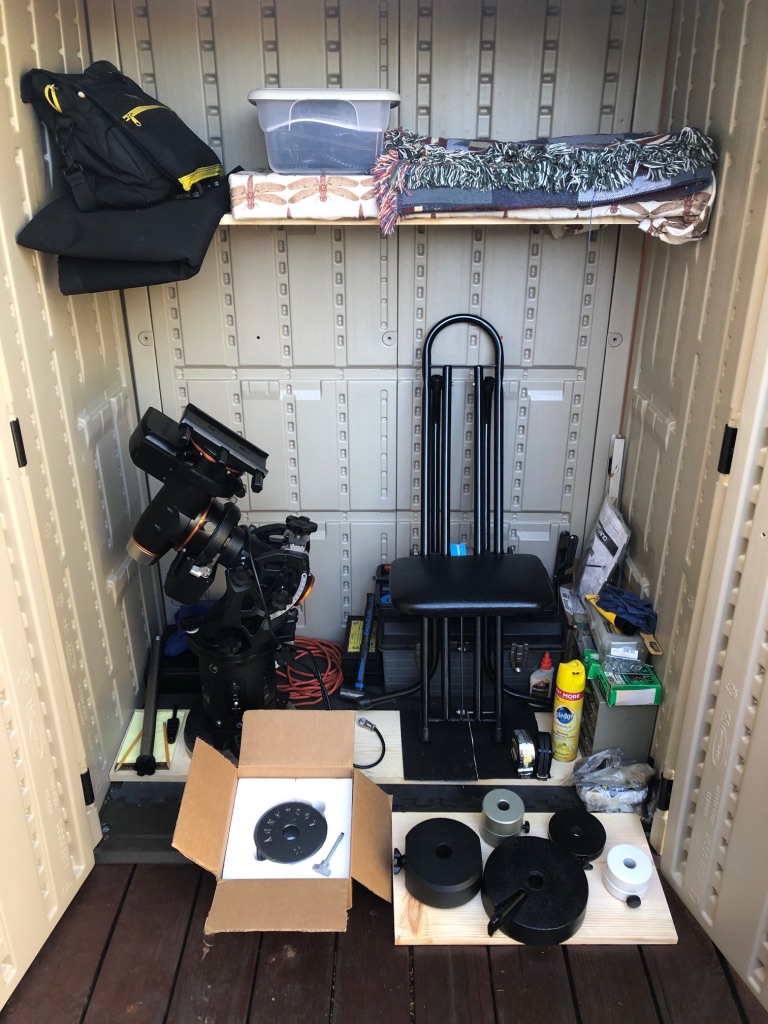



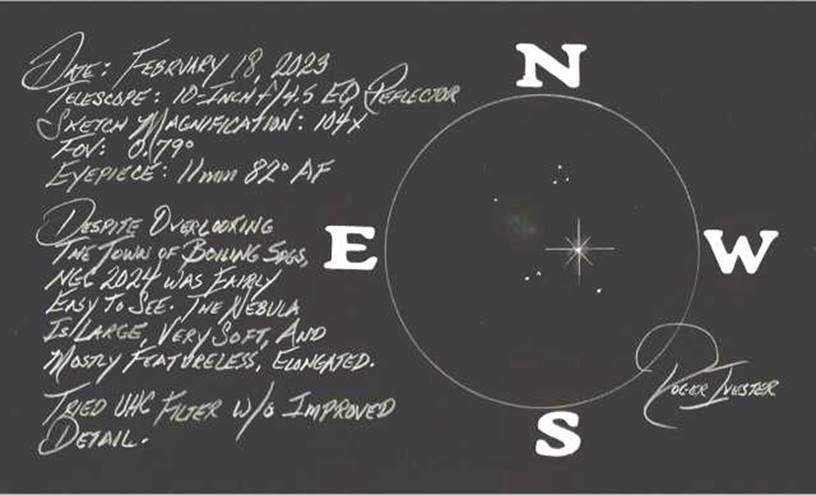
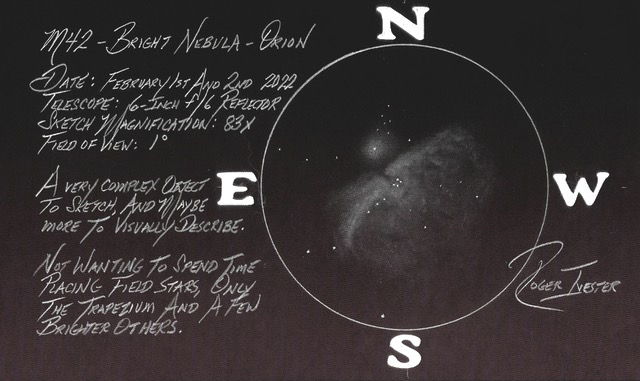
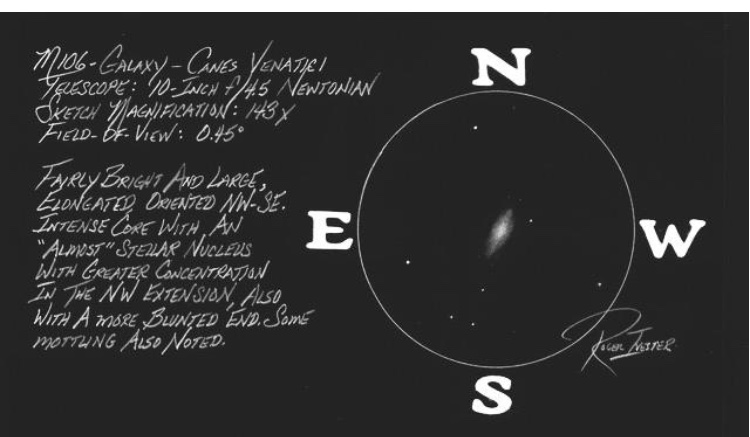
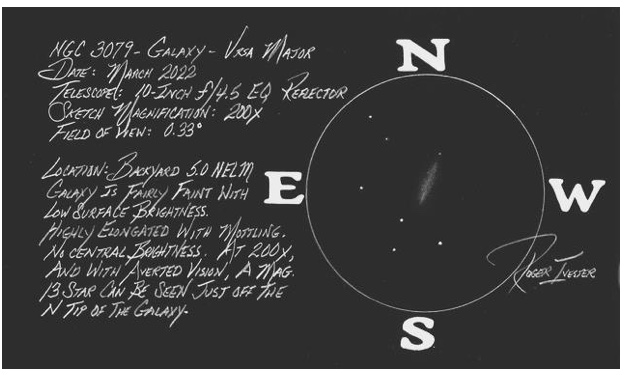
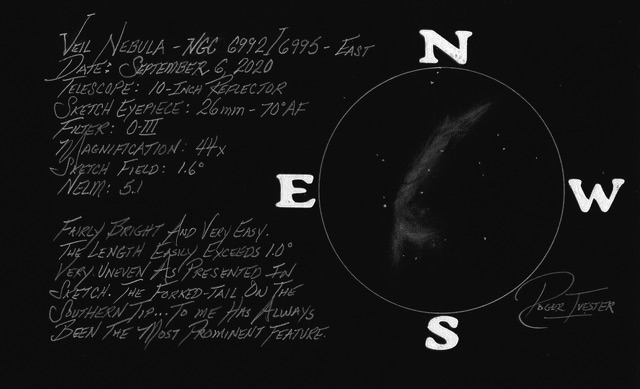
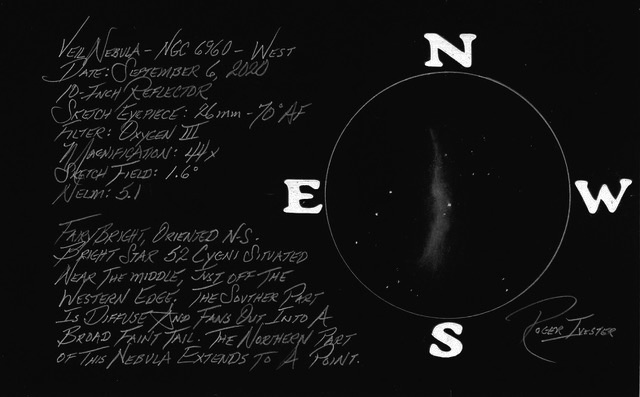



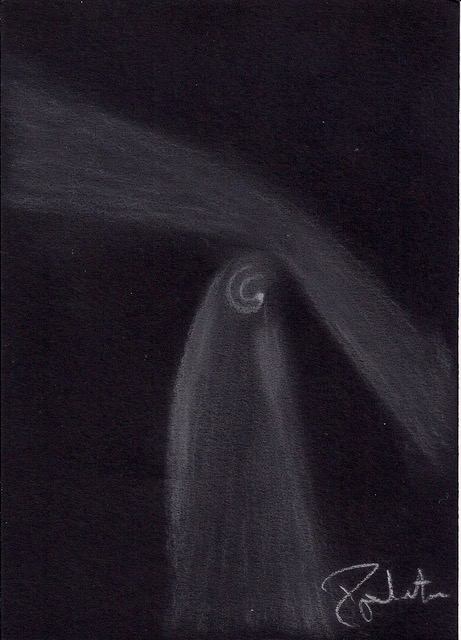
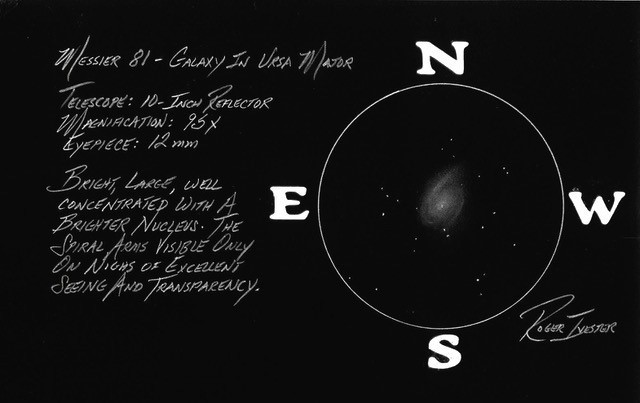
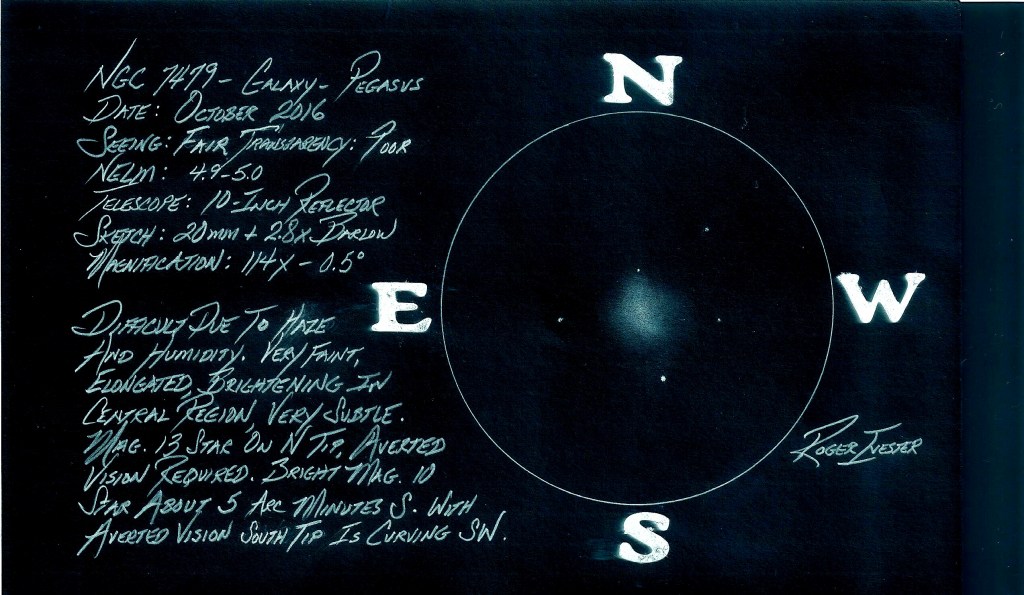




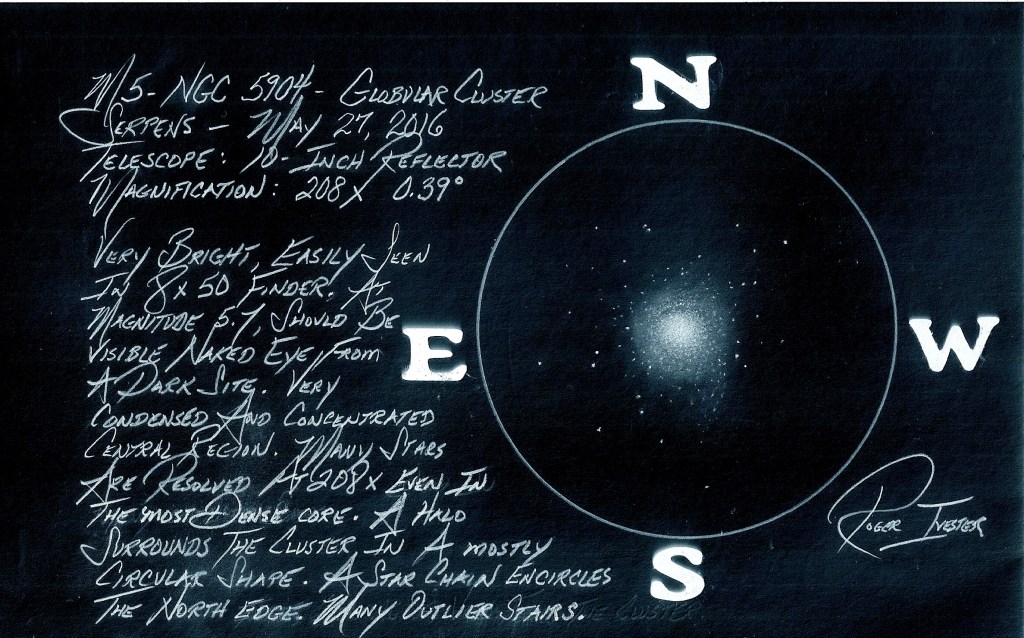

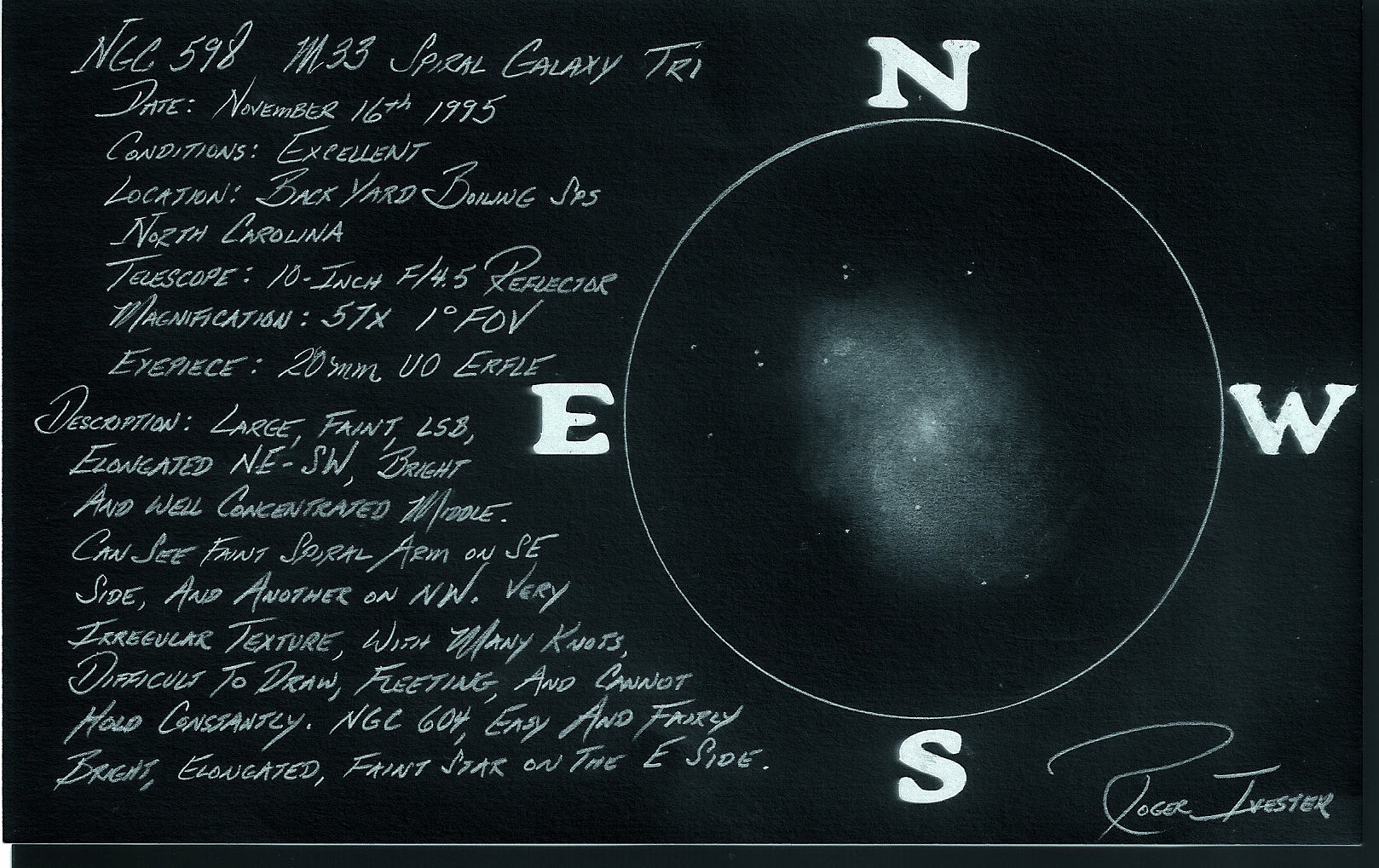






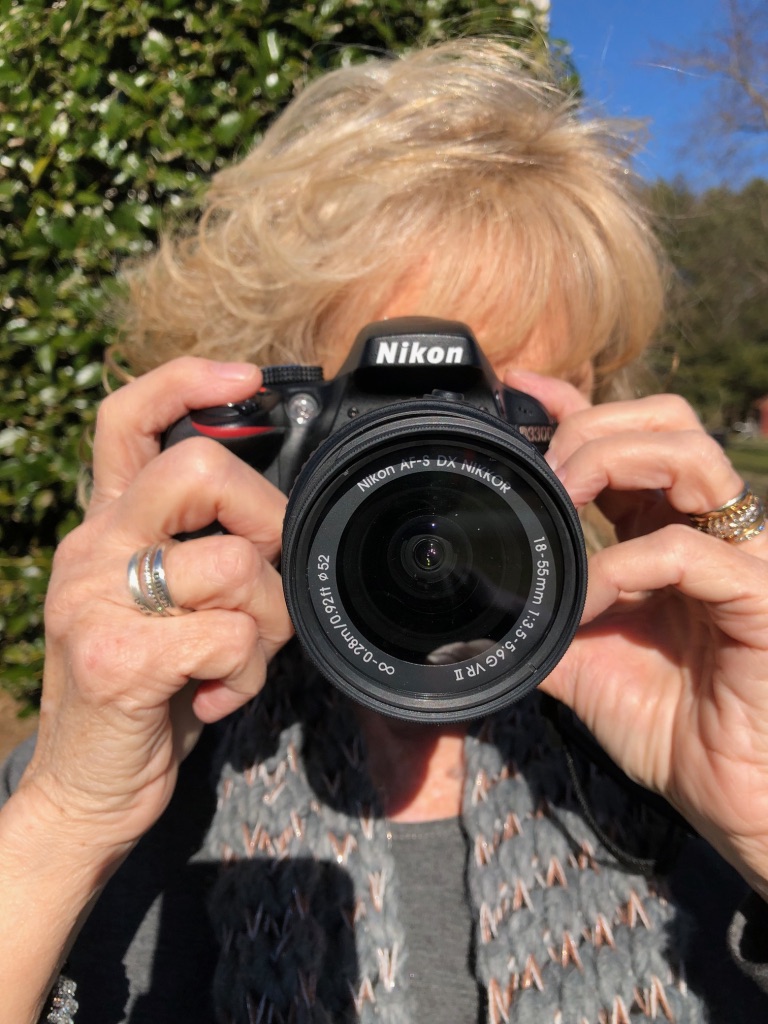
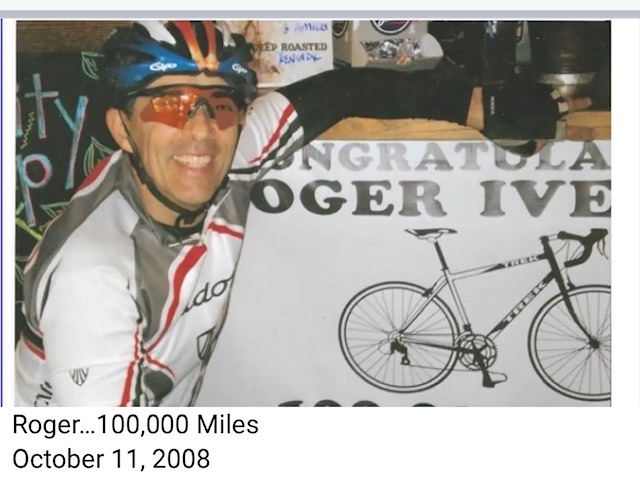

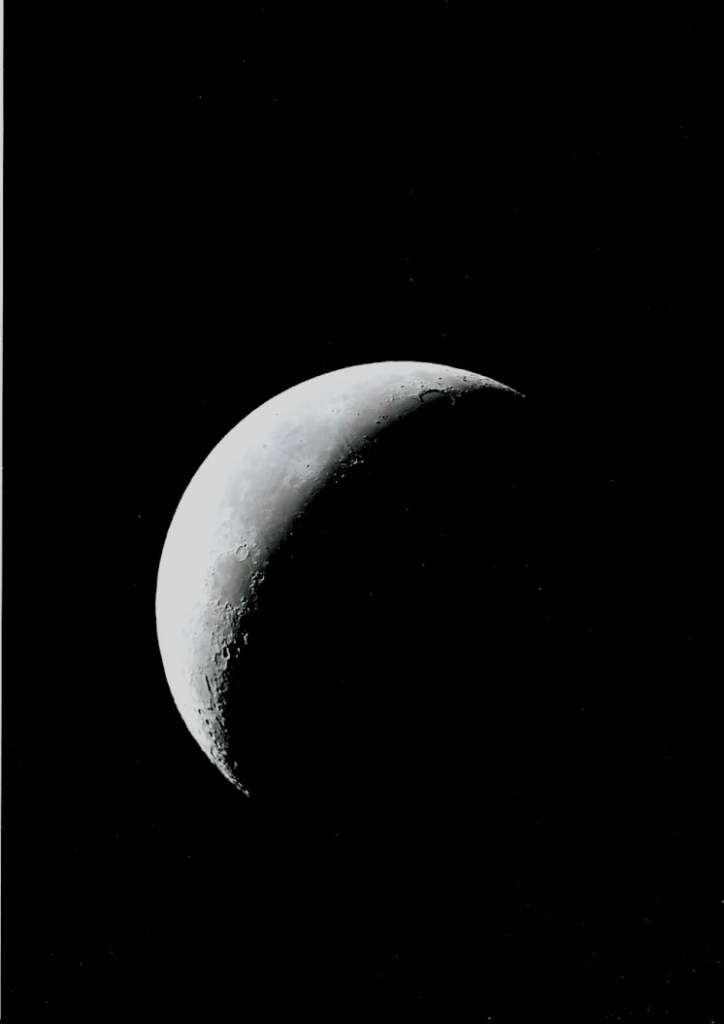
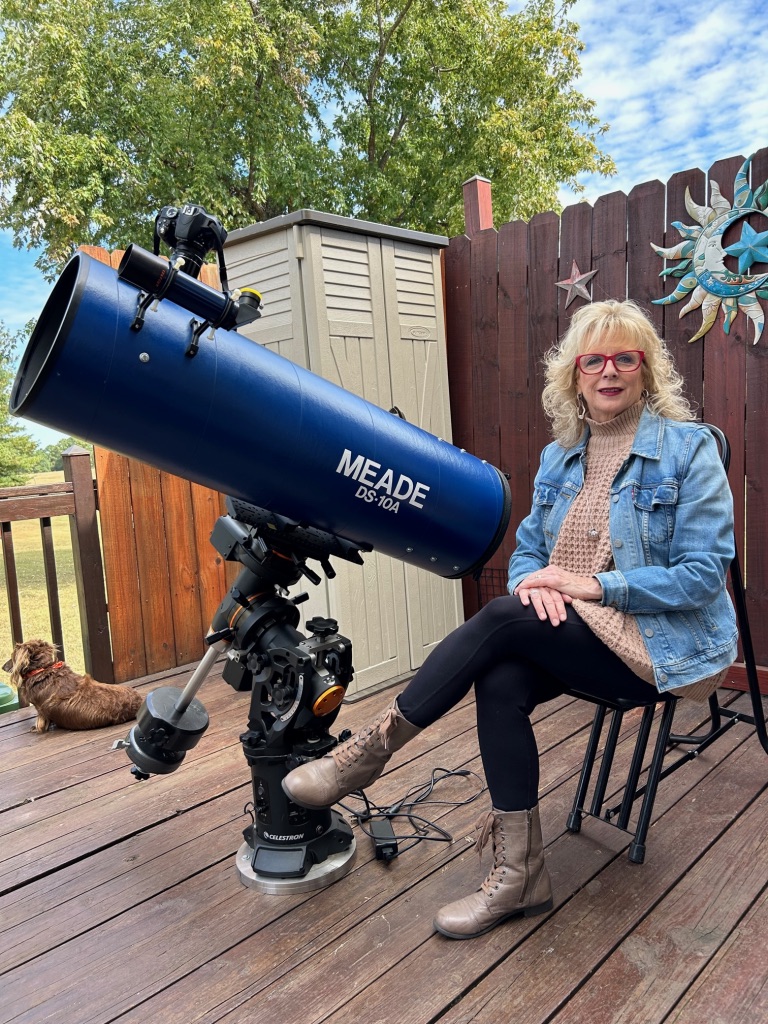
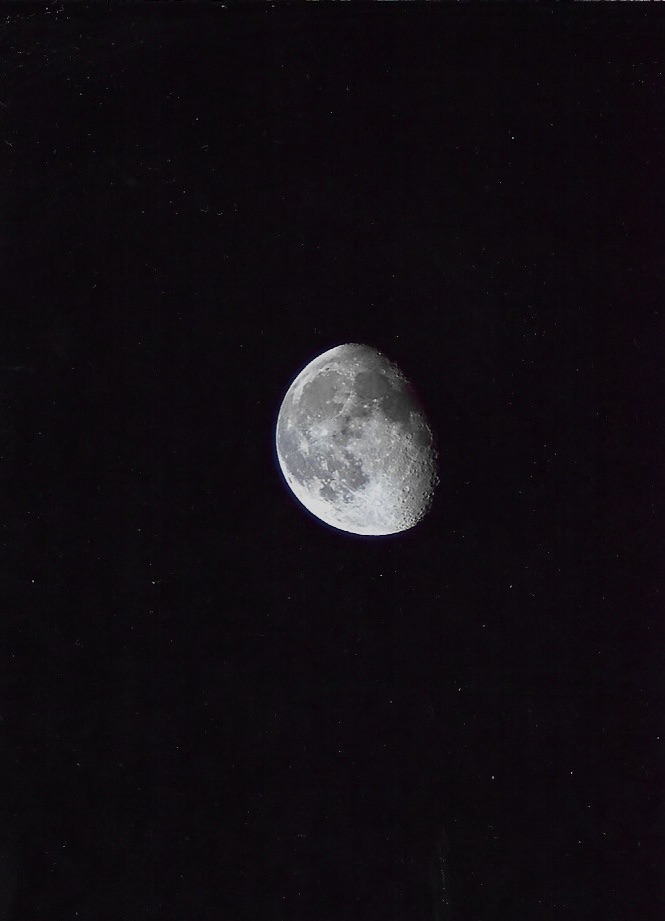
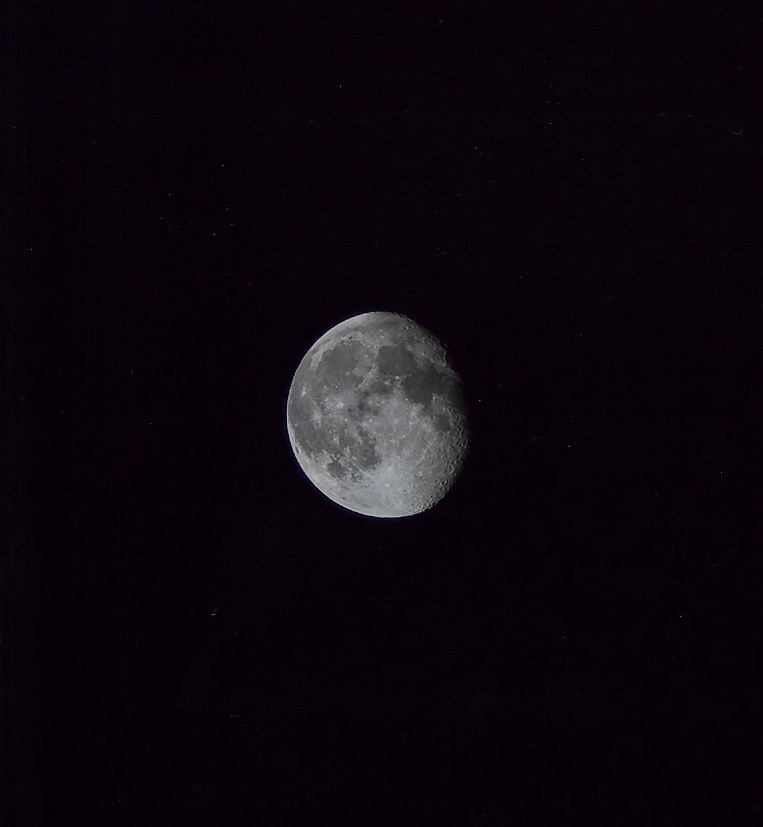

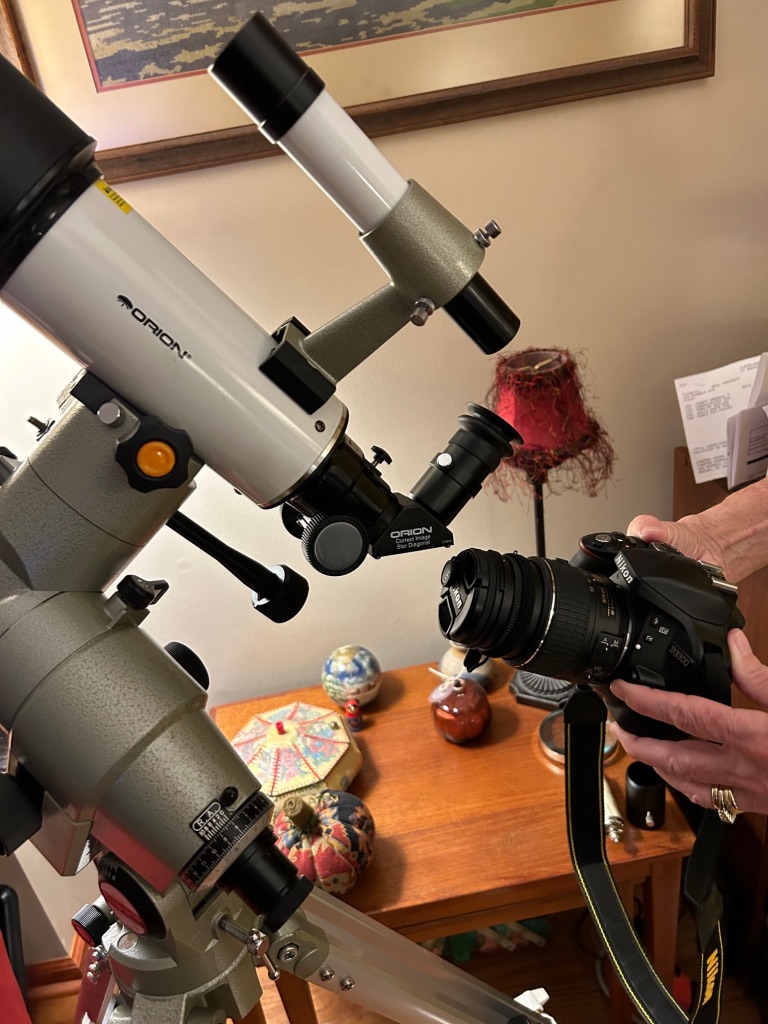
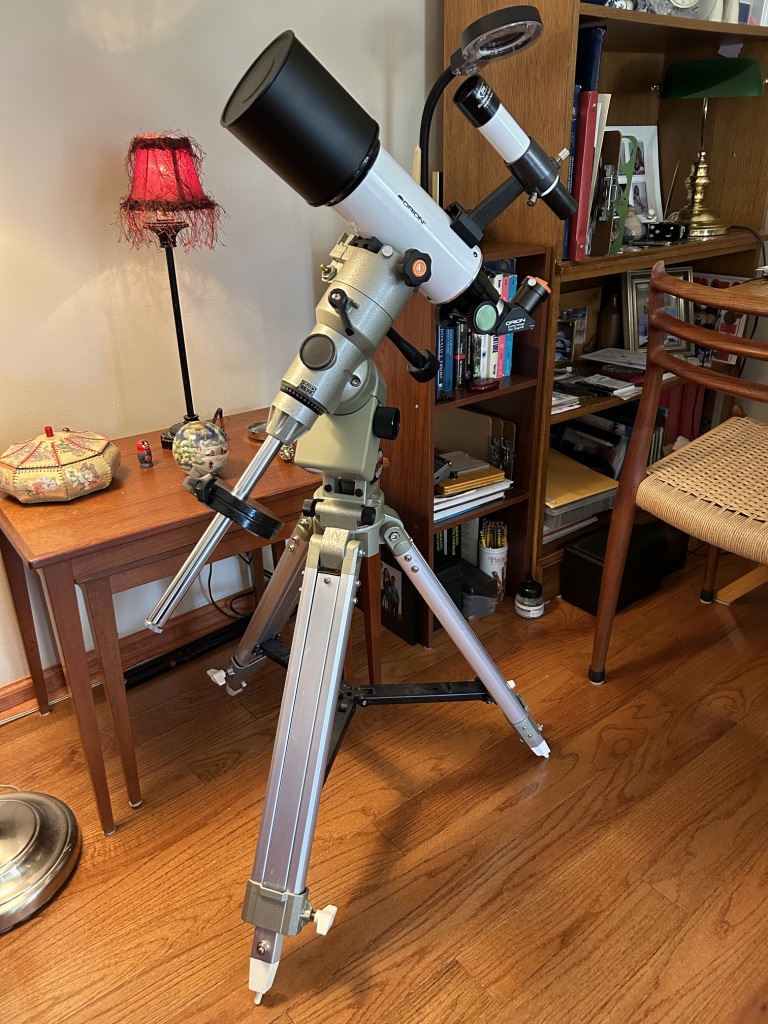


Recent Comments